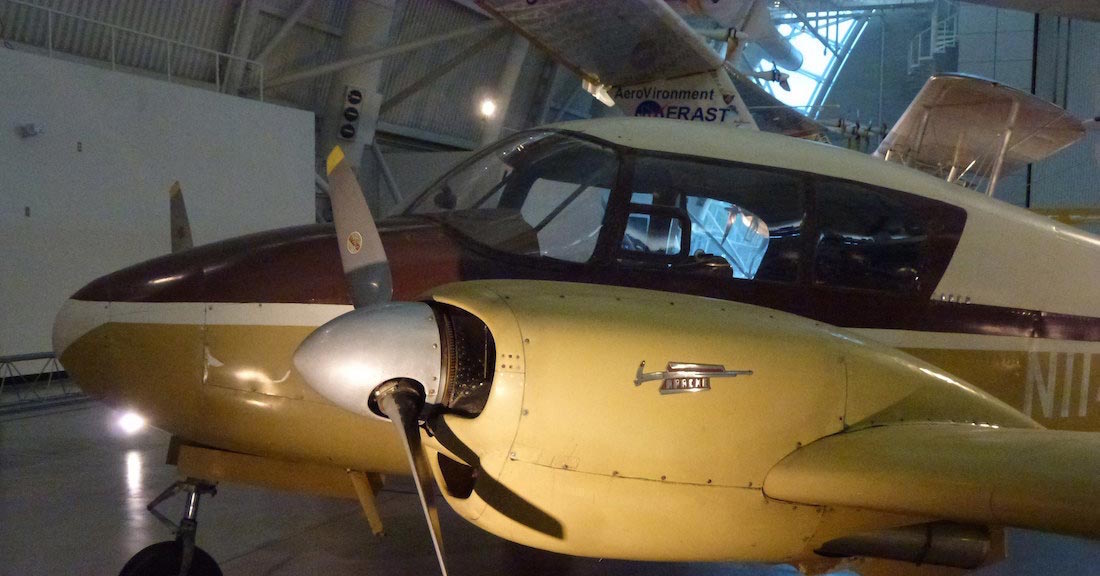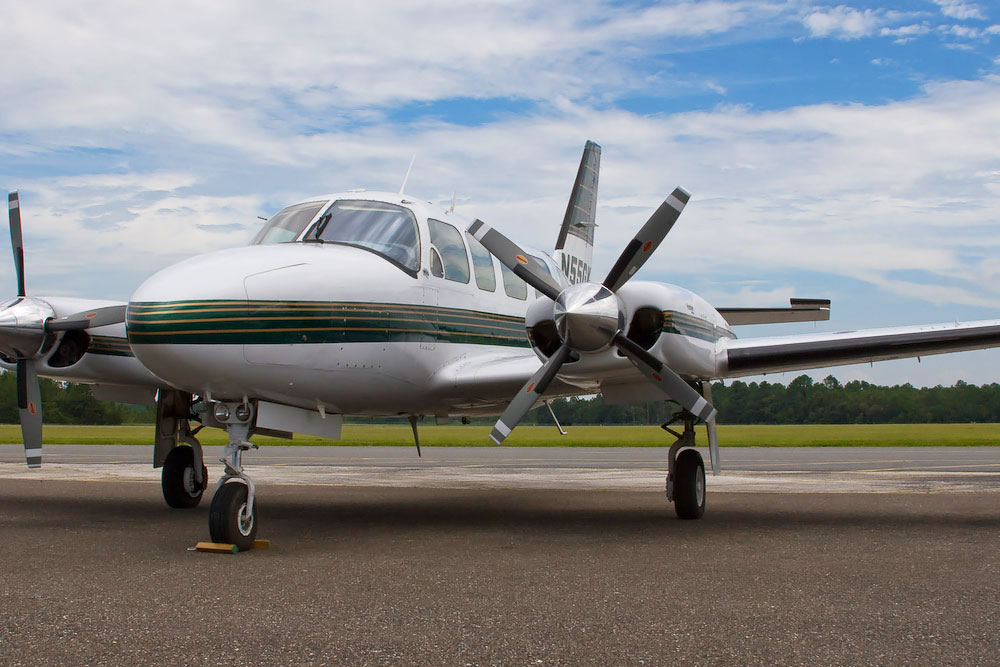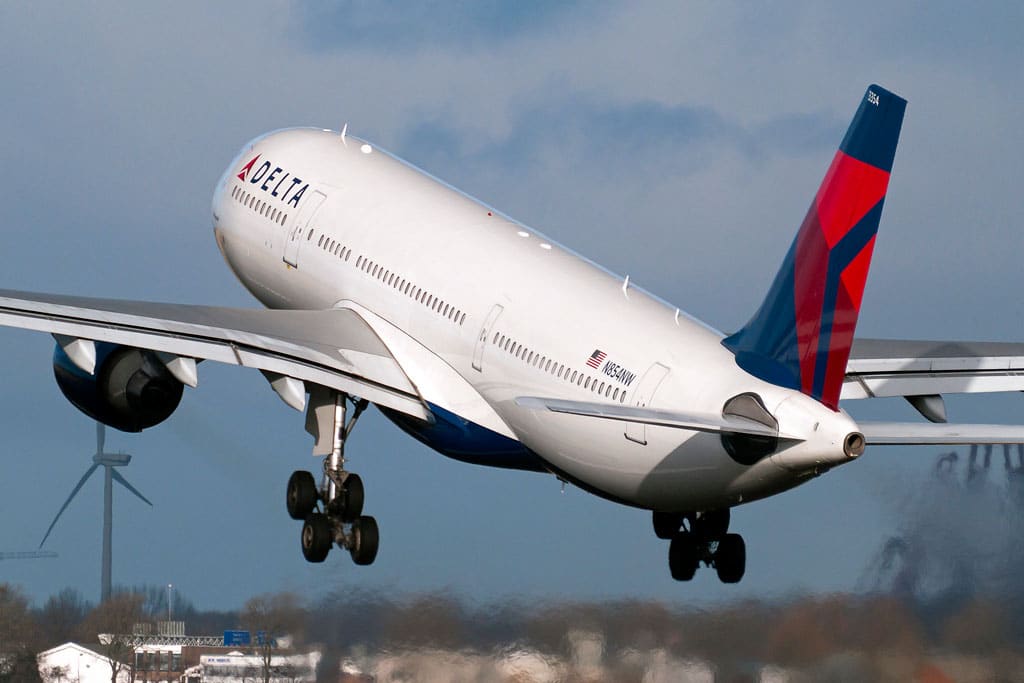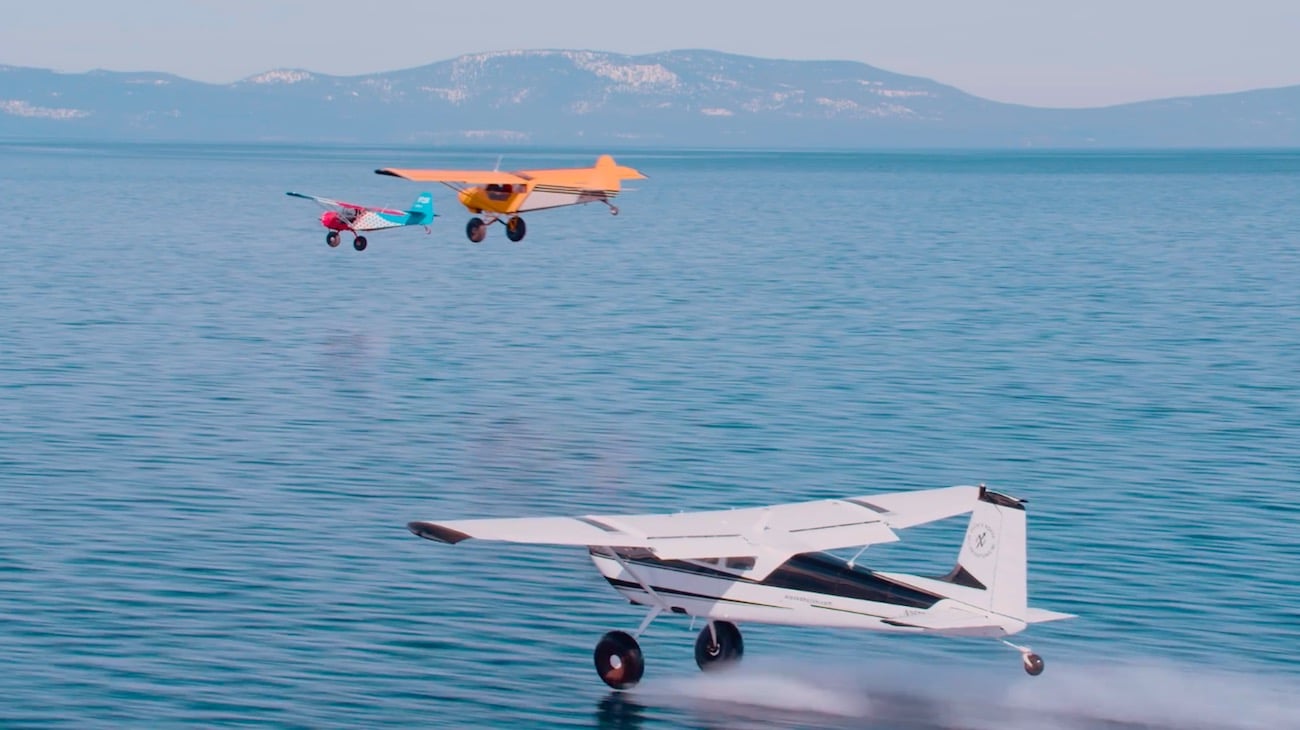AD 2017-10-20 will be effective as of June 29, 2017.
On January 3, 2017, the FAA issued a Notice of Proposed Rulemaking (NPRM), prompted by reports of “fatigue cracking in the FS 332.00 bulkhead common to the horizontal stabilizer front spar attachment” of certain Piper Navajo aircraft models. The cracks in the bulkhead could “compromise the structural component’s capability to carry flight loads, increasing the potential to overload and fail adjacent structure.” The FAA has now issued an airworthiness directive (AD 2017-10-20) in order to facilitate the detection and repair of those bulkhead cracks, to prevent them from leading to a potential structural failure of the aircraft, and loss of control. In addition, in the case no cracks are found, the AD provides an optional modification that will greatly reduce the likelihood of the cracks developing.
More Details on FAA AD 2017-10-20
The AD applies to the following Piper Navajo aircraft models, certificated in any category:
- PA-31
- PA-31-300
- PA-31-325, serial numbers 31-2 through 31-900, and 31-7300901 through 31-8312019
- Chieftain/T-1020 Models PA-31-350, serial numbers 31-5001 through 31-5004, and 31-7305005 through 31-8553002
In addition, the FAA notes that though the PA-31 may also be identified as a PA-31-310, that PA-31-310 is not a model recognized on the type certificate data sheet.
Actions Specified By the AD
As of the effective date of the AD (June 29, 2017), airplanes with 3,000 hours or less time-in-service (TIS) need to:
- Inspect the “fuselage station (FS) 332.00 bulkhead assembly for cracks” within 500 hours after reaching 3,000 hours TIS, and then repeat the inspection every 200 hours TIS after that.
For airplanes with over 3,000 TIS:
- The initial inspection must take place within the next 500 hours TIS, and then the inspection will need to be repeated every 200 hours TIS after that.
For the inspection process, the FAA says to follow the instructions in Part 1 of Piper Aircraft’s Service Bulletin (SB) No. 1289A, which they issued on October 26, 2016.
If cracks are found, they will need to be repaired in accordance with the information found in AD 2017-10-20, and Piper SB 1289A. If no cracks are found, Piper Kit 88578-001 Revision B can be installed on an uncracked bulkhead following the Modification instructions provided in Piper SB 1289A. Once an acceptable repair or preventative action has been taken, it is considered a “terminating action” for the repetitive inspection requirement of the AD.
For a copy of AD 2017-10-20, click here, and for a copy of Piper Aircraft SB No. 1289A, click here.
Cost of Compliance
The FAA estimates that the AD will affect 955 airplanes on the US registry, and estimates the following costs for complying with the AD:
| Action | Labor cost | Parts cost | Cost per product | Cost on U.S. operators |
|---|---|---|---|---|
| Inspect for cracks in the bulkhead | 12 work-hours × $85 per hour = $1,020 | Not Applicable | $1020.00 | $974,100 |
If cracks are found during the inspections, the FAA estimates the cost of the necessary repairs to be:
| Action | Labor cost | Parts cost | Cost per product |
|---|---|---|---|
| Repair/Modification | 45 work-hours × $85 per hour = $3,825 | $296 | $4,121 |
The FAA notes that they have no way of determining how many of the airplanes the AD affects will need the repairs or replacements.
Comments on the AD
After issuing the NPRM, the FAA received a number of comments, which they addressed in the AD, one of which resulted in a change to the AD. Joe Miller, the Chief Inspector for Warbelow’s Air Ventures in Fairbanks, AK, said that after complying with the proposed requirements on 3 airplanes, they found that it took two mechanics about 6 hours each to accomplish the inspection phase, and further, that it took 2 mechanics about 4 days (or 64 total hours), to accomplish the complete process from inspection to returning the aircraft to service. Though the FAA’s original time estimate was provided by an experienced operator, the agency agreed to update their time estimates based on this new input:
- The inspection labor estimate went from 1 hour to 12 hours.
- The modification labor estimate went from 26 to 45 hours.
Contact Information
For anyone interested in additional information regarding AD 2017-10-20, you can contact FAA Aerospace Engineer Gregory “Keith” Noles:
- Address: Atlanta Aircraft Certification Office, 1701 Columbia Avenue, College Park, Georgia 30337
- Phone: (404) 474-5551 / Fax: (404) 474-5606
- Email: gregory.noles@faa.gov
And for anyone seeking more information on the Piper service bulletin, you can contact Piper Aircraft customer service at:
- Address: 2926 Piper Drive, Vero Beach, Florida 32960
- Telephone: (877) 879-0275
- Email: customer.service@piper.com
Featured Image: Piper Navajo, courtesy of Rob Bixby, CC BY 2.0
The Piper Apache and Piper Aztec: Birds of a Feather

Is it a Piper Apache PA-23? Or a Piper Aztec PA-27? Or PA-23 Aztec? I guess technically all three designations are correct with the official FAA designation for this aircraft being the Piper PA-23. The Piper Apache / Aztec was Piper Aircraft’s first twin-engine production aircraft and over 7,000 were produced over close to a thirty-year time span, with multiple variants over the years. The last model to roll off of the Piper line [Click to read more…]














Leave a Reply